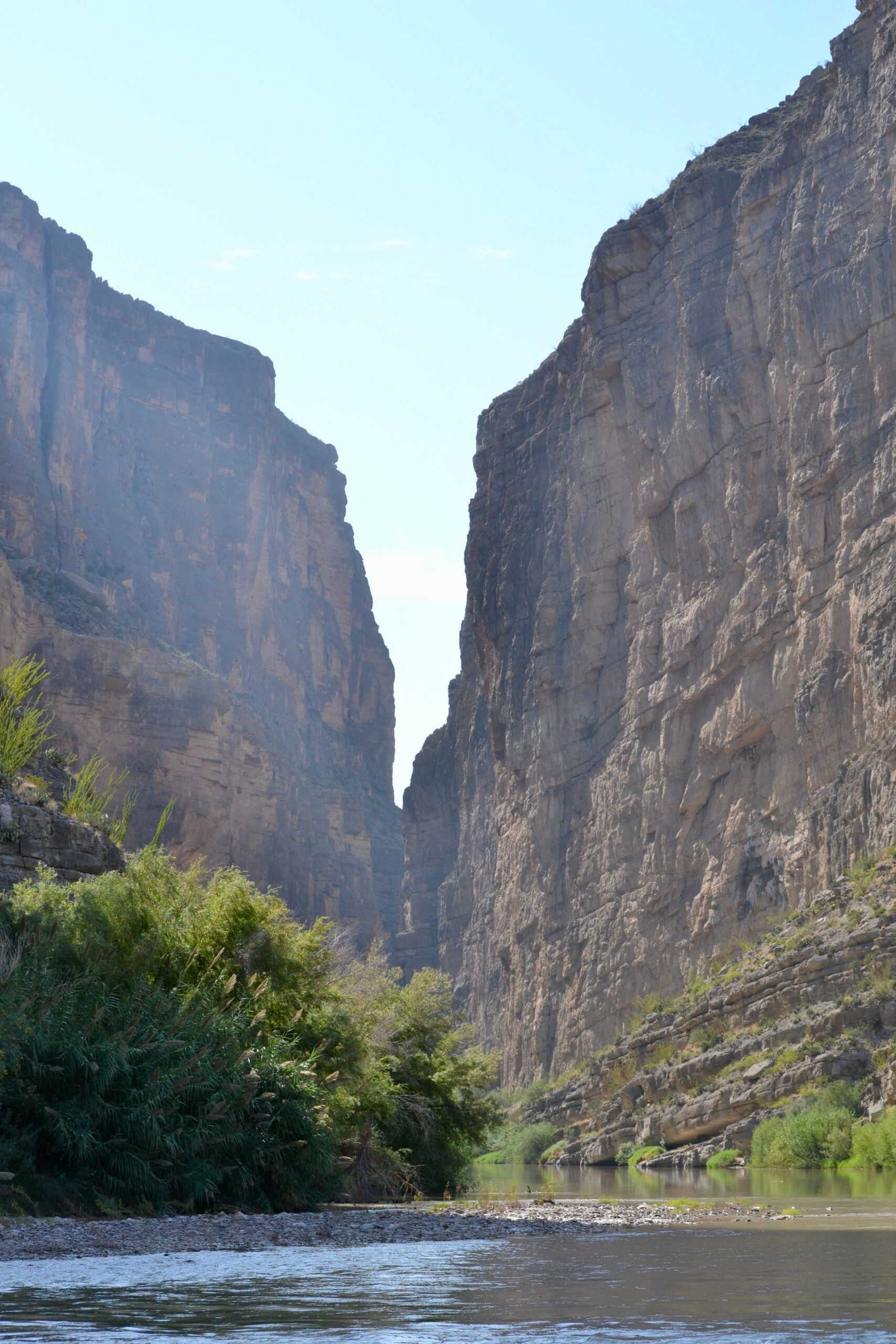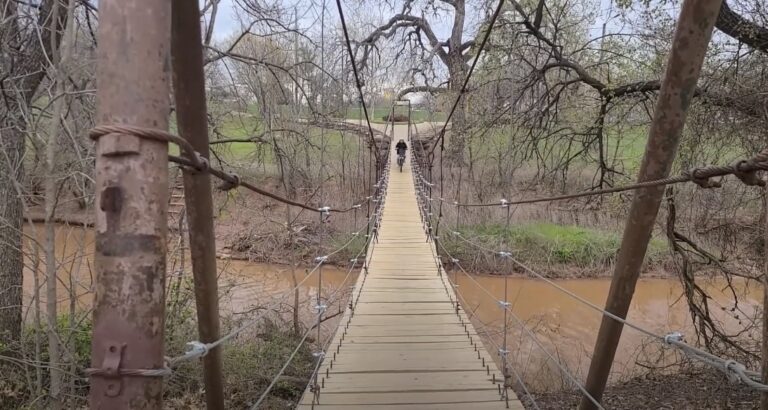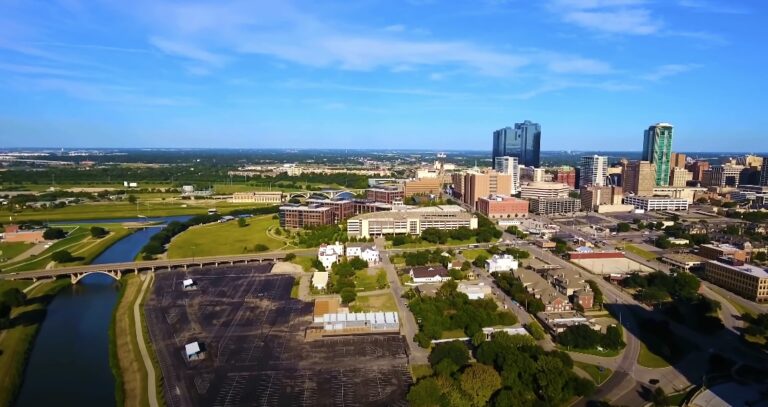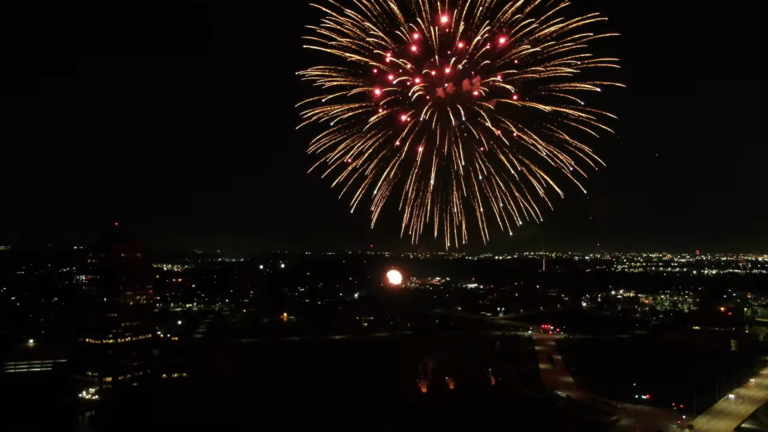Description of Big Bend National Park
Big Bend National Park is a vast and rugged area, one of the least visited national parks in the continental United States. With three different ecosystems, endless views, and spectacular landscapes, Big Bend can leave you feeling like you’ve stumbled upon a well-kept secret.
Big Bend National Park is named for the huge left turn of the Rio Grande River as the river winds through the Texas desert, creating a natural border with Mexico and giving the state its distinctive bottom shape. Covering 801,163 acres (324,219 hectares, slightly less than Long Island) but with only 300,000 to 350,000 visitors a year, Big Bend is one of the largest national parks in the 48 states, yet one of the least visited. Much of the park is backcountry – the main activity is centered around a few developed areas. Even during the busiest times, a walk along a deserted trail or country road is all you need to find solitude; the rest of the year is so sparsely populated that you’ll feel like the park belongs to you alone.
The busy season is in mid-November and the first week of January (especially Thanksgiving weekend and the weekend before Christmas and New Year’s Eve) and again during spring break, when local college students take a week off (usually mid-March). through April). Unless you are already in the area, Big Bend is not suitable for a day trip; the distances are simply too long. Ideally, plan to spend at least one full day in the park, though there is more than enough here for a longer stay.
Pets are not allowed on the trails, off the road, or on the river; there are no kennels in the park, and temperatures and wild animals can be dangerous – consider leaving Fido at home.
History
Big Bend National Park has an extraordinarily rich history, the effects of which are everywhere you look. The landscape is a living testament: it has been shaped over millions of years by volcanism, erosion and huge seismic events, and it still contains innumerable fossils of dinosaurs and sea creatures when the area was swallowed by the ancient ocean.
People have inhabited the park for more than 10,000 years, first by Native American tribes such as the Chisos, of whom little is still known, and more recently by the Comanche and Mescalero Apaches, all of whom have left their mark in the form of cave paintings, mortar holes and shelters. Mexicans and Anglo settlers settled later, building houses, farms, ranches, and mines (some of which survived into the 1960s), many ruins of which can still be found.
Lobbying by locals and other fans of the area (notably frontiersman Everett Townsend, the “father of Big Bend National Park”) convinced the state of Texas to set aside land for the park in 1933, which was to be called the Texas Canyons State Park.” Big Bend National Park was established in 1944, and it has been slowly growing ever since, with 1,000-acre lots still being purchased, including Hart and Faye Ranches in 1989 and 1994. There are tentative plans to merge the park with its neighbor. to the west, Big Bend Ranch State Park, including trails that might connect them.
Landscape
The geography of the park can be divided into three distinct environments: desert, mountains, and river. Much of Big Bend National Park covers the Chihuahua Desert, crisscrossed by arroyos (dried stream beds), washes, and occasional springs; wherever there is water, small oases of green vegetation thrive. Numerous hills, mountains, and rock formations grow out of the desert, most of which consist of limestone, but others are of volcanic origin.
The Rio Grande (Spanish for “Big River,” although in Mexico it is called the Rio Bravo del Norte or simply the Rio Bravo, which means “Wild River”) flows south and east from its source in the Colorado and eventually passes through the park before flowing into the river. Gulf of Mexico after a journey of 1,885 miles (3,034 km). Here the river forms the park’s southern boundary of 118 miles (190 km), passing through three major canyons (Santa Elena, Mariscal, and Boquillas) and through a desert of clinging green trees, tall grasses, and other riparian inhabitants. to its banks.
Flora and fauna
Big Bend National Park is famous for its exceptional diversity of plants and animals. The desert is home to succulents such as lechugilla (a type of agave), yuccas such as the impressive giant dagger plant, numerous species of cacti such as opuntia, and abundant herbs and shrubs such as ocotillo, candelilla, and sotol (all of which have numerous practical uses), and the famous century-old plant (or agave Gawarda), which flowers only once in its life and then dies out. The best times of year to see magnificent cactus flowers are March and April, and the mountains are another great place to see wildflowers. There are amazingly amazing stands of juniper, ponderosa pine, pinyon pine, Douglas fir, Texas madrone, quaking aspen, the unique Chisos oak (one of five species of oak here) and many others growing in the mountains and by the water.
Big Bend is one of the best places in the country for birdwatching, as many birds pass through here on their migratory paths – more than 450 species. Big Bend is the only place in the U.S. where you can see a reed warbler (walk to Booth Canyon along the Southern Edge Trail from mid-April to mid-September). The Chisos Basin is a great place for birdwatching in general, but the best place is considered along the river, such as near the village of Rio Grande and Cottonwood Campground. Among the countless species you can spot are roadrunners, woodpeckers, cardinals, quail, flycatchers, herons, hummingbirds, rock swallows, owls, hawks, golden eagles, vultures and peregrines.
A wide variety of animals live here, such as pig-like darts (pronounced “imee Li-nah”-and thought to be more closely related to hippos), mule deer, hares, skunks, raccoons, rock squirrels. Kangaroo rats, coyotes, foxes, and, in the mountains, rare black bears, mountain lions (also known as “panthers”), and white-tailed deer. They are all mostly fearful, but you have a good chance of seeing them along roadways or even in developed areas, especially starting at dusk. You may also see snakes such as the “red gorse” (western whip), huge bull snakes (which have a tail like a rattlesnake but are not dangerous) and a small variety of venomous snakes. Lizards lurk among the rocks: common whiptails, slit spiny lizards, and no-tail lizards, as well as the rare Texas horned lizard, a large leopard, and a collared lizard. Around the river live turtles such as the Big Bend creeper, amphibians such as the leopard toad, and mammals such as beavers. The endangered Mexican long-nose bat is found only in the Chisos Mountains in the United States, while the entire global population of Big Bend (or gambusia) mosquito fish is found in a single pond near the village of Rio Grande.
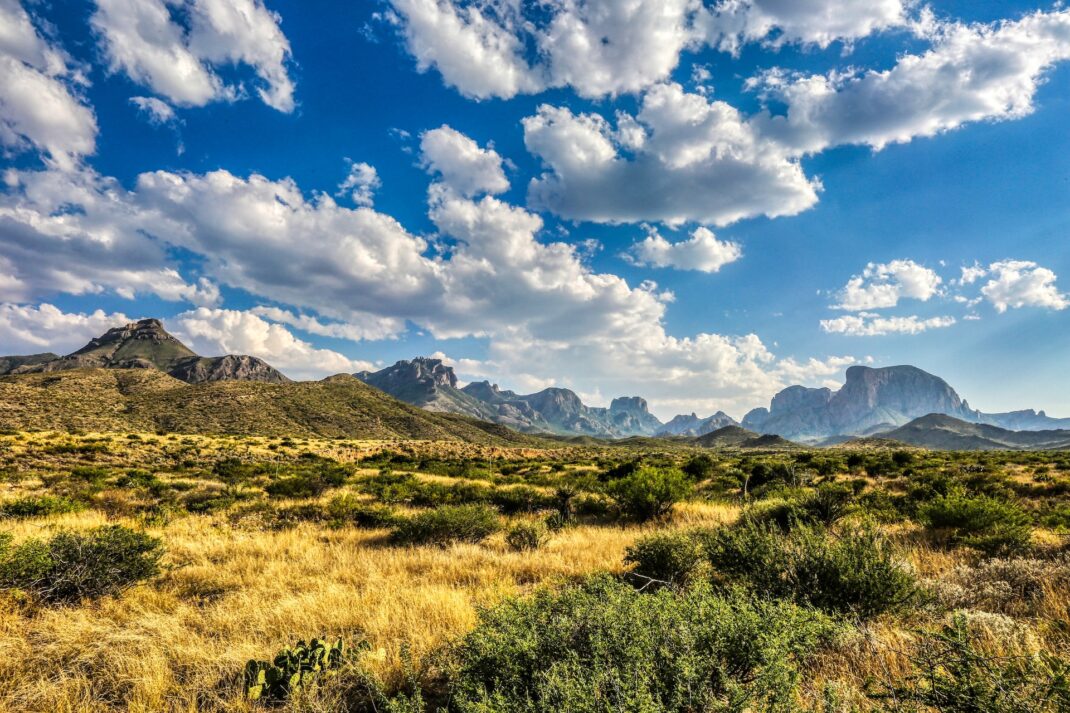
Climate
As in most deserts, expect the weather to be mostly hot and dry, with low humidity and cooler nights. July through October is the rainy season, when sudden downpours and resulting flash floods are possible; although the rain usually does not last long, and the water drains quickly. Thunderstorms create an epic spectacle and can lead to rare sights such as Pine Canyon Falls. The weather here can differ significantly from nearby areas; it may be overcast and rainy in the nearby Alps, but the park is clear and sunny, so don’t be upset by local conditions. The park has a weather hotline at +1 432 477-1183.
Spring and fall: with the cooler temperatures, more visitors come to the park. It can be quite windy in the spring and it can rain in the fall until about September or October.
Winter. Winter is another popular time for visitors; expect cool weather with flecks of pleasant warm spells and the occasional cold snap – snow and frost are not unusual. Nights can be especially cold.
Summer: this is the least busy season, as temperatures can be severe, often exceeding 100°F (38°C). May and June are the hottest months; the beginning of the rainy season in July mitigates the heat only slightly.
